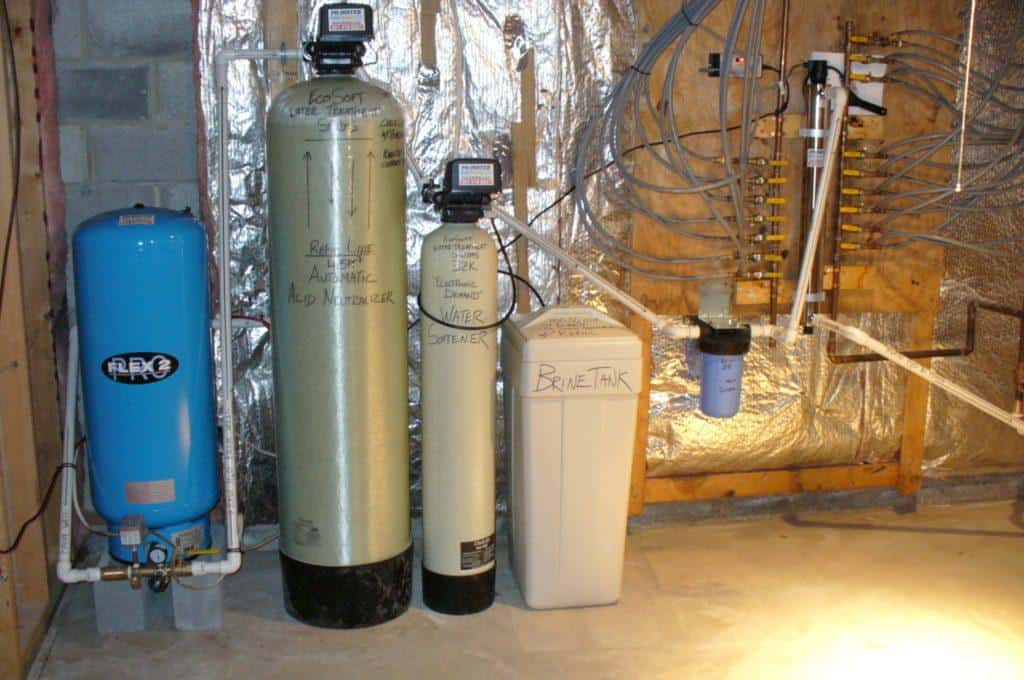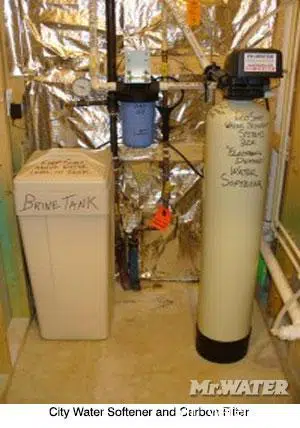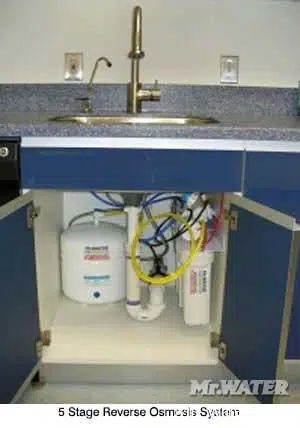How Electric Submersible and Jet Pump Systems Work
Facts about Submersible Well Pump Systems
A significant number of Americans rely on private drinking water supplies, estimated at around 15 percent or 47 million people. Unlike public water systems regulated by the EPA, private wells do not fall under federal oversight, meaning there are no experts regularly monitoring the water quality before it reaches the tap. This underscores the importance of private well owners taking special precautions to protect and maintain their drinking water supplies.
While private well water is not subject to EPA standards, some state and local governments have established rules to safeguard users from contamination. However, the responsibility largely falls on individual homeowners to ensure the safety of their well water.
The majority of wells in the United States utilize submersible well pump systems, typically consisting of a drilled well that can be as deep as 200 feet or more, with some reaching depths of 1,000 feet or greater. These wells are equipped with steel or PVC casings that extend a considerable distance into the ground to prevent surface water infiltration and potential cave-ins. Additionally, screens are often used to filter out sand and dirt while allowing water to enter the well shaft.
To further protect the well, the surrounding area is sealed with grout, typically composed of bentonite clay and gravel. The pump is strategically positioned several feet above the bottom of the well to reduce the amount of sand, silt, or mud, thereby maintaining water quality.
Overall, understanding the construction and maintenance of private well systems is essential for ensuring the safety and reliability of drinking water supplies for millions of Americans who rely on them.
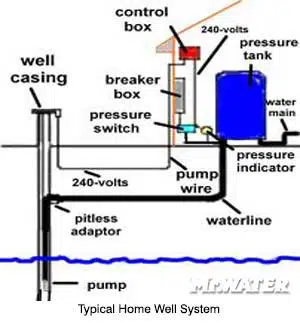
Facts about Shallow Well - Deep Well Jet Pump Systems
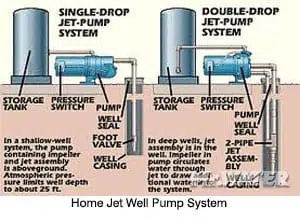
The diferences between shallow and deep wells and the corresponding pump systems is crucial for understanding the operation of private well water systems.
Shallow wells, typically less than 100 feet deep, utilize above-ground jet pump systems located in the basement or crawl space. For very shallow wells with high static water levels, a Single Drop Jet Pump is employed. In deeper shallow wells (about 50-100 feet), a Double Drop Jet Pump system is utilized, featuring a foot valve (check valve) at the bottom of the well line to prevent water from draining back down.
However, for wells deeper than approximately 100 feet, jet pumps are not suitable due to their inability to suction water from such depths. Instead, submersible pumps are necessary for these deeper wells. Submersible pumps are installed directly in the well, typically at depths beyond 100 feet, and are capable of pumping water from greater depths.
Regardless of the pump system used, water from the aquifer is pumped into a pressurized holding tank, which serves to store water for use when the pump is not running and also regulates water pressure within the system. From there, the water is distributed through piping to individual plumbing fixtures in the home, ensuring a consistent and reliable water supply for household use. Understanding these components and their functions is essential for maintaining the efficiency and effectiveness of private well water systems.
Invest in Water Treatment Equipment
While many contaminants found in private well water may not pose direct health risks, they can still cause significant damage to plumbing fixtures, appliances, and overall water quality. Stains from untreated well water can ruin laundry and surfaces, while corrosive substances can damage water-using appliances and shorten the lifespan of water heaters and plumbing systems. Additionally, bad odors emanating from well water can make daily activities like showering unpleasant and can permeate throughout the entire household.
Fortunately, modern water treatment equipment is specifically designed to address these aesthetic water problems, offering effective solutions to improve the quality of domestic water supplies. By targeting and removing contaminants such as iron, sulfur, and other unwanted substances, water treatment systems can mitigate staining, odors, and damage to plumbing infrastructure, resulting in cleaner, better-tasting water for everyday use.
Investing in water treatment equipment for private well systems can make a significant difference not only in water quality but also in the longevity and performance of household fixtures and appliances. It’s essential for private well owners to explore their options and invest in appropriate water treatment solutions to ensure the safety, functionality, and aesthetic appeal of their domestic water supply.
Facts about Public Municipal Water
Municipal water systems, also known as public water or city water systems, provide drinking water to communities through constructed conveyances such as pipes. These systems are regulated by the EPA and must meet stringent standards outlined in the Primary Drinking Water Regulations. Delegated states play a significant role in providing safe drinking water to approximately 90 percent of Americans, with about 157,000 public water systems operating throughout the United States. This partnership between the EPA, states, water systems, and operators ensures the delivery of safe and reliable drinking water to communities.
In Maryland and surrounding municipalities, the hardness or calcium carbonate content of public water can vary widely, ranging from just a few grains per gallon to over 25 grains per gallon. Chlorine concentrations in the water also fluctuate depending on the time of year and proximity to water treatment facilities. While the pH range of municipal water is regulated to be between 6.5 and 8.5, the corrosive tendency of some public water on copper piping may be attributed to high oxygen levels.
Many consumers opt for whole-house water conditioning systems to address issues such as chlorine removal and hardness removal. Carbon pre-filtration is commonly used to remove chlorine, while water softeners are effective for removing hardness minerals. Additionally, some consumers choose to install reverse osmosis systems as an extra layer of purification for drinking water. These systems have gained popularity as an alternative to bulky bottled water dispensers, offering convenient and reliable access to purified drinking water directly from the tap.
Overall, the use of water conditioning systems, including carbon pre-filtration, water softeners, and reverse osmosis systems, helps ensure the quality and safety of municipal water for households, providing peace of mind and convenience for consumers.
The EPA’s Primary Drinking Water Regulations can be found here: https://www.epa.gov/ground-water-and-drinking-water/national-primary-drinking-water-regulations – the EPA’s Secondary Drinking Water Regulations can be found here: https://www.epa.gov/sdwa/secondary-drinking-water-standards-guidance-nuisance-chemicals

